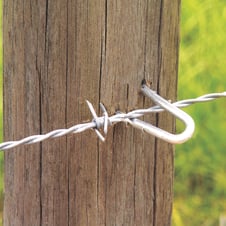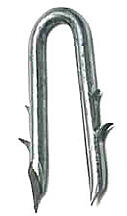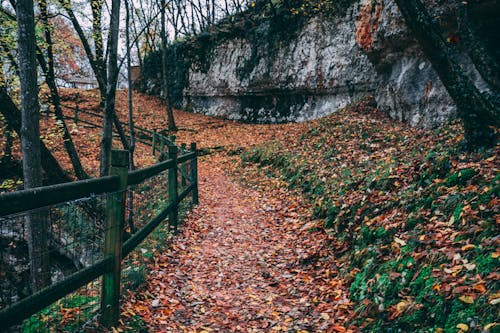Essentials and Variables
Bekaert offers a fine variety of staples for attaching
For a barbed wire fence, again, loose stapling is required for each wire. Mark the positions of the wire with a measuring stick. Some folks find it helpful by starting at the top when installing multiple strands of barbed wire, as to avoid the successive wire from becoming hung up.
When working with woven wire, it is always necessary to
Now, here's a quick overview from Bekaert:


















